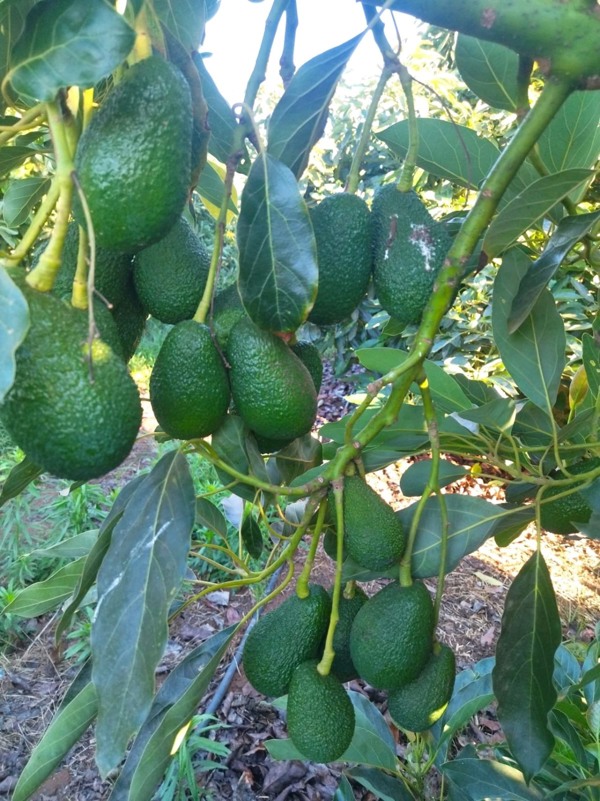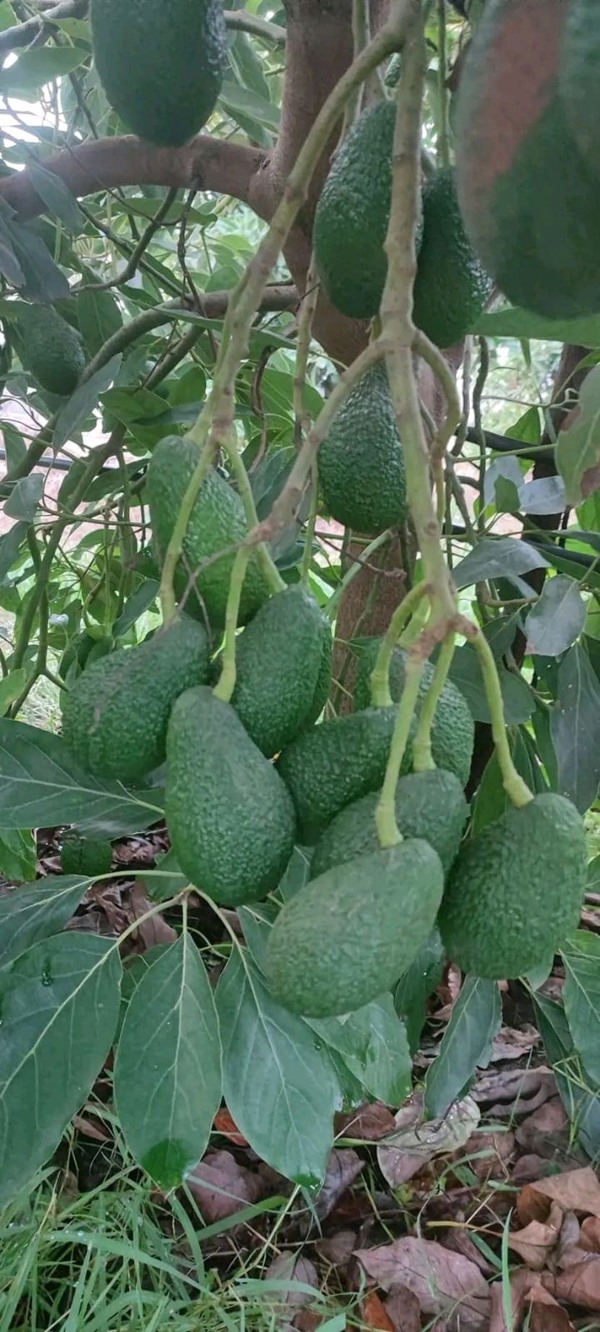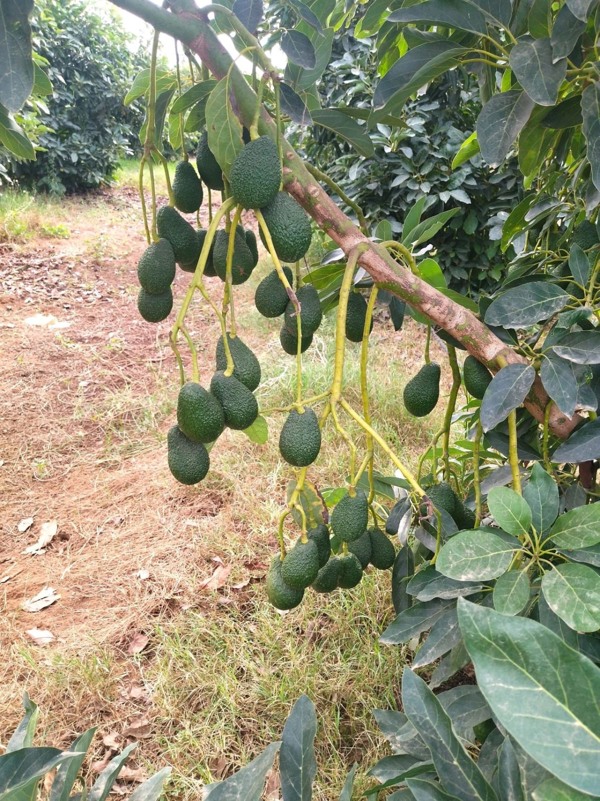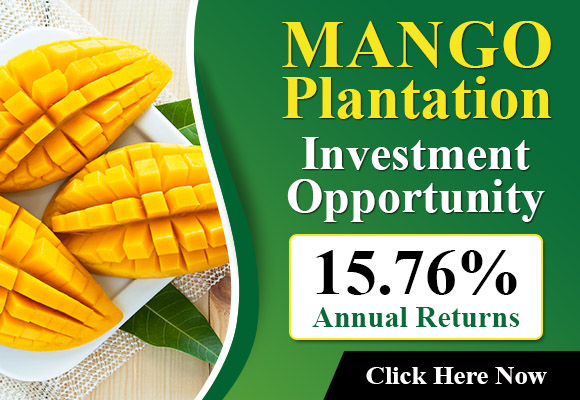Despite a decrease in production in the early part of this season, the industry of avocados in Morocco concluded on a high end, with the volume nearly beating records with a production total of 40,000 tonnes. Together with Zouhir Daissoria who is an expert in the field of growing avocados as well as the chief executive officer of First Green Land, we look into the uniqueness of this season in regards to the varieties that are grown and sold.
According Zouhir Zouhir on the scale of production there was no significant differences in the percentage of any variety when compared with prior seasons “The types that are commonly employed in Morocco include Hass, Fuerte, Zutano as well as Lamb Hass, Bacon, and occasionally Pinkerton. As per my estimates I have found that Hass is the largest producer which accounts for 71.8 percentage of production in Morocco, Fuerte 12.5%, Zutano 7percent, Lamb Hass 5.5% and Bacon 3.2 percent. Be aware that these figures may not be entirely accurate because they represent the reality of exporters. Also, the sales on the domestic market is hard to determine.” Exports account for 90% of production in the country.
 Until the start of this season in the words of Zouhir, “the trend among most Moroccan farmers is that they plant 90% of their acres in Hass and the remainder of their acreage in Fuerte and Zutano to allow grafting. There are a few producers who make an informed decision that is based on observations and a real-time study of market conditions, that then leads to better production decisions.”
Until the start of this season in the words of Zouhir, “the trend among most Moroccan farmers is that they plant 90% of their acres in Hass and the remainder of their acreage in Fuerte and Zutano to allow grafting. There are a few producers who make an informed decision that is based on observations and a real-time study of market conditions, that then leads to better production decisions.”
Although the 2022/2023 seasons has had no significant changes in the field but it has been defined by the change in marketing. Zouhir says: “Because of the low production that was evident at the start of this season European consumers were required to take shipments from the Fuerte type. Prior to that, European markets did not take much of this type of wine, which was offered exclusively within Russia as well as in markets in the region. Moroccan market. Therefore, we’ve seen more exports from Fuerte in the absence that Zutano received.”
The factor that determines the selection of cultivars remains the same; it’s a matter of the varieties that are exported to Europe as well as the cost of selling. “It is that market forces guide the manufacturing process. We know that the cost of Hass is between 7 and 12 MAD more than the second option in the list however the cost for production is identical as well as the agricultural processes are similar We can quickly see the reason Hass is the best within Morocco.” (1 EUR 11 MAD)
The last season was also marked with a unique commercial phenomenon. Prices for Lamb Hass is now at an unheard of level, rising 30 to MAD per kilogram at the farm gate. Fuerte can be purchased at 26 MAD as well as Hass with a price of 35 MAD as per Zouhir. “This is an amazing achievement in the case of Lamb Hass, which started at 11 MAD this year before settling it is now at 25, MAD last year. It’s possible for Lamb Hass to surpass Zutano and Fuerte in the coming year. The customer who is the final one within the UK purchase Hass as well as Lamb Hass at the same cost, even though Lamb Hass leaves Morocco at an earlier price. This proves that the two kinds of Hass can be used interchangeably.”
 According to statements made from representatives of growers that the selection of variety are also towards increasing the length of the season through implementing the late-season production. “Producers all over the world are seeking extend their seasons in order in order to increase production all through all of the year. The work is ongoing to achieve this goal and it is evident that new varieties emerging. In Morocco the season of avocados closes in April. However, producers are seeking to prolong it till July. The reason for this is that the fruit has to reach an amount of dry matter in order to be exportable. This is around 21 percent. In Morocco The key to extend the season is via”the Lamb Hass.”
According to statements made from representatives of growers that the selection of variety are also towards increasing the length of the season through implementing the late-season production. “Producers all over the world are seeking extend their seasons in order in order to increase production all through all of the year. The work is ongoing to achieve this goal and it is evident that new varieties emerging. In Morocco the season of avocados closes in April. However, producers are seeking to prolong it till July. The reason for this is that the fruit has to reach an amount of dry matter in order to be exportable. This is around 21 percent. In Morocco The key to extend the season is via”the Lamb Hass.”
According to sources from the producer So far, European importers are reluctant to purchase Lamb Hass from Morocco while UK importers bought the product, causing producers to look into other alternatives like Malama. But, we’re realizing this time that the mood of trade can shift rapidly.
Zouhir adds “Lamb Hass can adapt well to its surroundings, and has been genetically engineered to do so. It gets to the threshold of dry matter very late, sometime around the 15th of January and Hass attains this threshold in the beginning of November. This represents a 2 to 3 month variation. The year in question, Hass export started on the 25th of October, while Lamb Hass export started on the 17th of January. Hass is kept in the tree until the end of April. It then gains the weight and maturation that reduces the shelf-life. Lamb Hass however, on contrary, could remain until the end of June.”
 This is another factor that allows Lamb Hass to gain in its production share, aside from its selling price. The reason is its durability both inside the tree as well as in transport according to Zouhir. “Its skin is much thicker than others, which helps protect it from being damaged by.” For further allowing the season to run longer, Zouhir also recommends more efficient methods of harvesting, “we can also train for the trees, putting off the harvest every year a slightly later, to ensure that the tree is ready for harvesting later.”
This is another factor that allows Lamb Hass to gain in its production share, aside from its selling price. The reason is its durability both inside the tree as well as in transport according to Zouhir. “Its skin is much thicker than others, which helps protect it from being damaged by.” For further allowing the season to run longer, Zouhir also recommends more efficient methods of harvesting, “we can also train for the trees, putting off the harvest every year a slightly later, to ensure that the tree is ready for harvesting later.”
One of the main complaints about the avocado business in Morocco is the fact that it’s hydrovore even though Morocco has been suffering from a long-lasting drought. Does the selection of avocado varieties be a factor in favor less water use? Not according Zouhir. Zouhir: “In terms of the amount of water consumed there aren’t too many distinctions between the varieties. In fact, no matter the type of variety is chosen for the late season results in more water usage and implies the possibility that Lamb Hass will be the one to beat in terms of water consumption. Fruit trees will require 45 minutes to an hour of watering each day A late harvest in Morocco is in line with the time of summer. This requires greater irrigation. This is accompanied by the addition of a spray system over that tree.”
More information is available here:
Zouhir Daissoria
First Green Land and BLDIOFROOT
Tel: +212661902434
Email: zouhirdissoria@gmail.com
Email: bldiofroote.coperative@gmail.com
Source: The Plantations International Agroforestry Group of Companies
